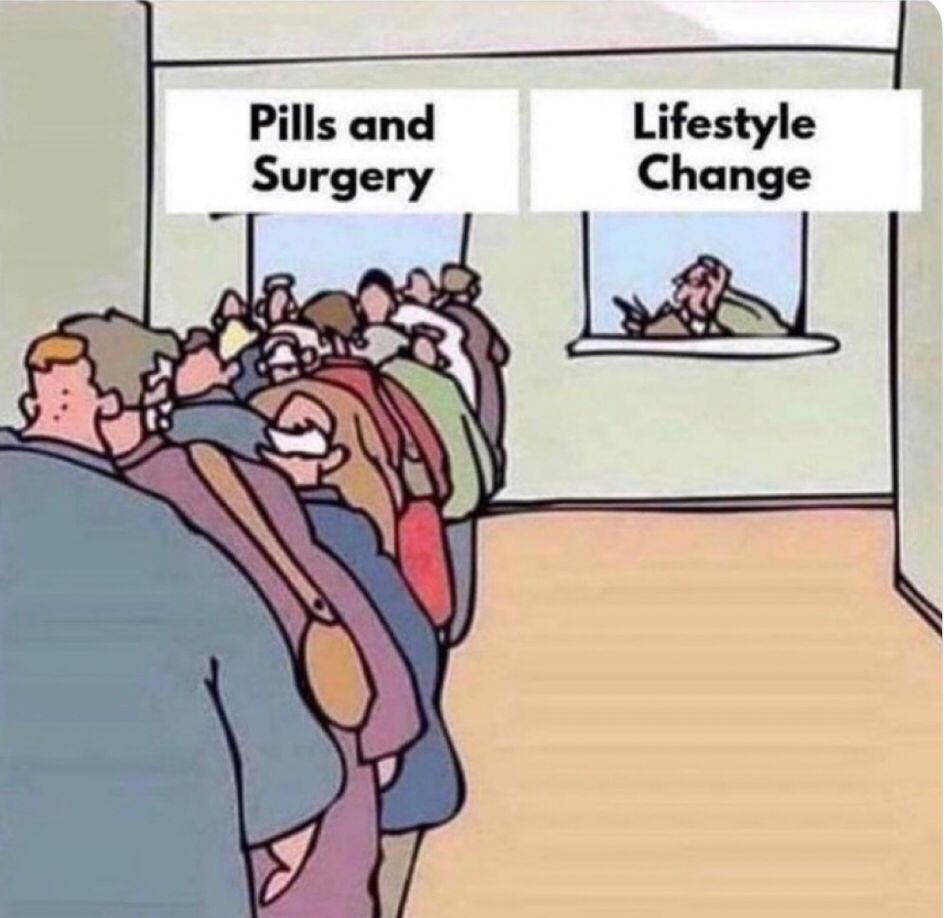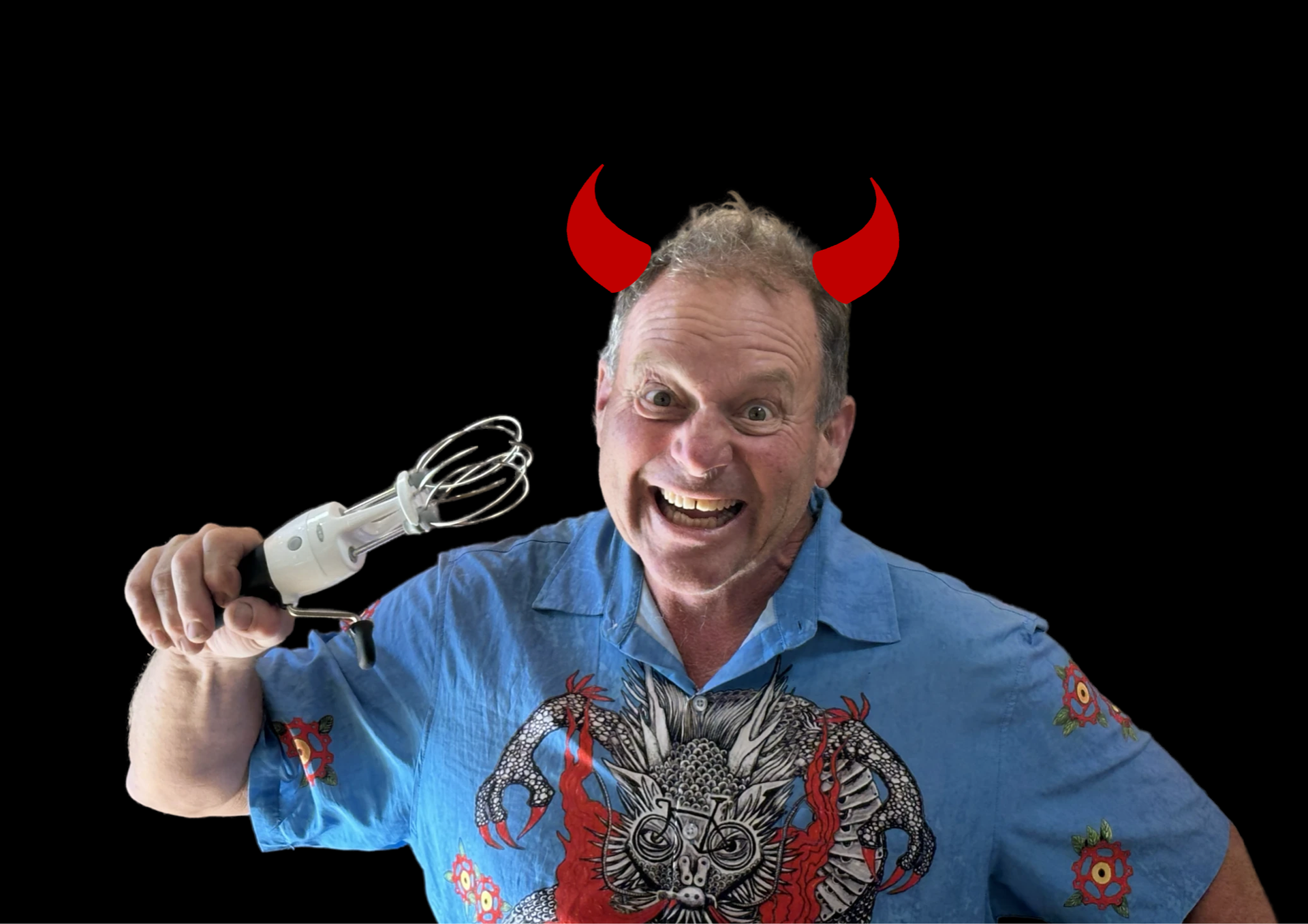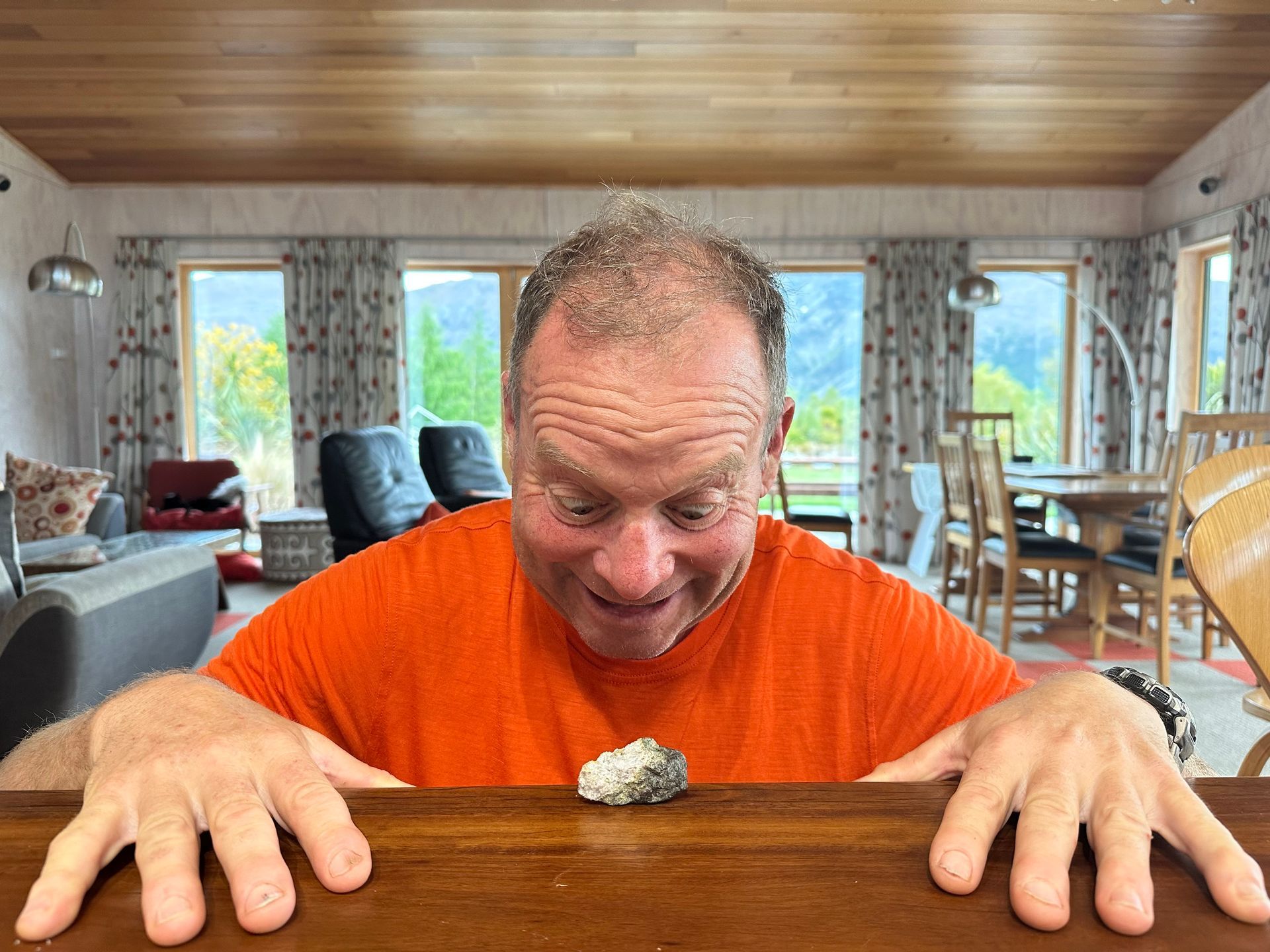Limit Screws
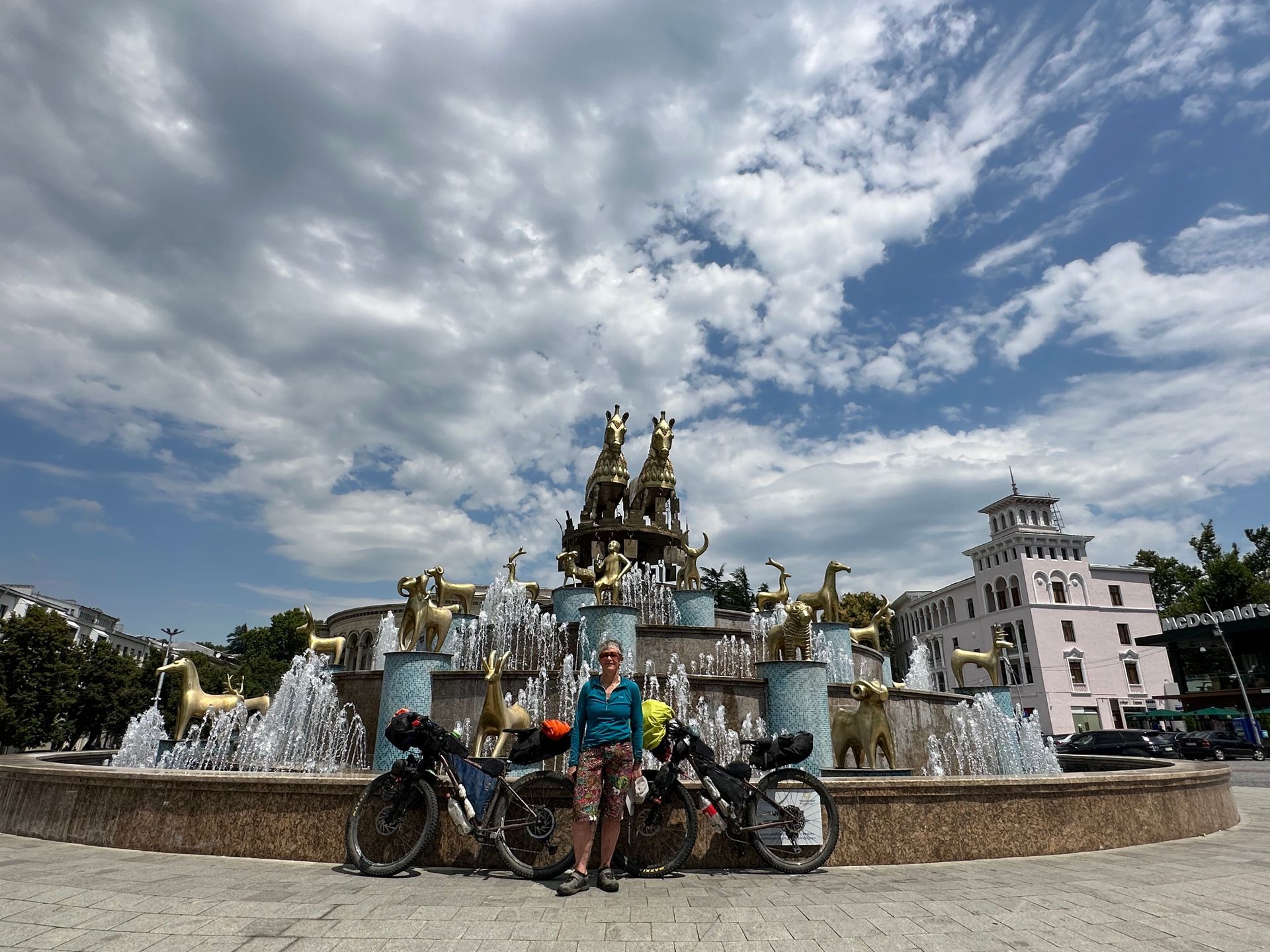
Jane in front of the Colchis Fountain in Kutaisi. The fountain is decorated with enlarged replicas of archaeological artefacts.
Chris’s bike chain started to misbehave, shifting into the wheel rather than onto the largest sprocket. It’s no surprise our bike drive trains are getting crochety – they’re having a hard time given the considerable amounts of mud and water they are being subjected to. The solution to Chris’s problem was to tighten the lower limit screw.
Bicycle derailleurs come with limit screws – the lower limit screw stops the chain from going into the wheel, a destructive manoeuvre than can break the chain and spokes. The upper limit screw stops the chain falling off the outside of the sprockets, which can also break the chain. We remain embarrassingly poor at adjusting our drive chains for people who regularly cycle a lot of kilometres and go bikepacking in remote places. However, limit screws I can manage (with the help of a YouTube clip). A half turn of the limit screw with an allen key and, voila, Chris’s chain stayed on the sprockets.
If only setting limits for people was as easy as for derailleurs. People don’t come with built-in limit screws, it’s a major issue. There are no in-built limit screws that deter people from eating too much sugar, or too much fat, or drinking too much alcohol. Our bodies are designed to crave ever more of those chemicals, as food manufacturers know well. “More chips with my beer, please.” Limit screws for consumption are external features called ‘diets’ and we all know how popular diets are.
Humans don’t have internal limit screws when it comes to consumption of social media, either. The dopamine kick we get from checking our social media feeds is another aspect of human physiology lacking an end point. Sometimes I think wistfully of the days when I unilaterally loved what the internet offered; now it comes tainted with the plethora of problems ensuing from people compulsively checking social media feeds and being influenced by their dubious contents. There’s relatively little in the way of individual or societal attempts to put external limit screws in place – regulation of media is a difficult area of endeavour.
Tourism is another example of a lack of limit screws – we appear to operate on the basis that, if tourism is a good thing more tourism must be a better thing. It is, until your tourist town has one inhabitant for every ten tourists and the sense of community is diluted to something akin to a homeopathic potion – there’s a memory of what was there but the reality of community is long gone. However, we still we don’t find it in ourselves to want to stop and there are certainly no regulations being put in place to limit tourist numbers i.e. no external limit screws. Instead NZ tourism bodies want tourism to spread to more places and over the entire year – perpetual tourism everywhere, anytime, without limits.
How about milk? Milk is another good thing lacking limit screws. When I was at primary school we used to get personal bottles of milk every day to help us grow strong bones. Then the mysterious milk donor stopped providing milk and gave us milk powder biscuits instead (which are a strange substance, gluey when chewed). I remember vaguely that milk powder biscuits were being supplied to Pacific Islands. Perhaps the suppliers had some left over?
Anyhow, NZ produces at least five times as much milk as when I was at primary school –21 billion litres a year (3% of total world production and 23% of NZ exports). Around 40% of our milk is turned into milk powder (NZ is the second largest milk exporter in the world, just behind the USA); nearly half of our milk powder is supplied to China. If we didn’t sell milk powder to China we would be considerably poorer and that wouldn’t help our underfunded roading, or education, or healthcare. As a result, there have been few limit screws on milk production.
However, recently we have realised our soils and rivers can no longer cope with the amount of nitrogen in fertiliser used to grow more grass for more cattle, as well as the nitrogen from all the pooing cows. We have lots of unswimmable/undrinkable streams and rivers and lakes, so the government has put external limit screws in place, regulating the amount of nitrogen farms can put into waterways. It looks like we may actually be seeing peak cow – dairy cow numbers levelled off in 2016. Milk production has continued to increase but that can’t continue forever. This might be an example where NZ has put external limit screws in place that are actually achieving something.
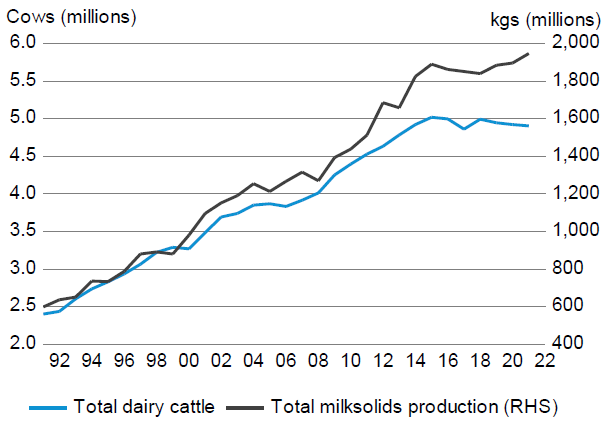
One could see emission of carbon gases into the atmosphere, from fossil fuel usage and methane from ruminants, as an ultimate example for where we need limit screws. We know we are likely to break the 1.5C average temperature global increase and are headed for a potentially catastrophic 2.0C average warming. Many countries are putting policies and strategies in place to act as limit screws to fossil fuel usage and agricultural emissions. We increase our use of renewable energy to solve the problem but only manage to use even more energy than we did before. We introduce carbon taxes and create new and exciting ways to make money, but carbon gas production continues to increase (with the notable exception of the year of the pandemic lockdowns).
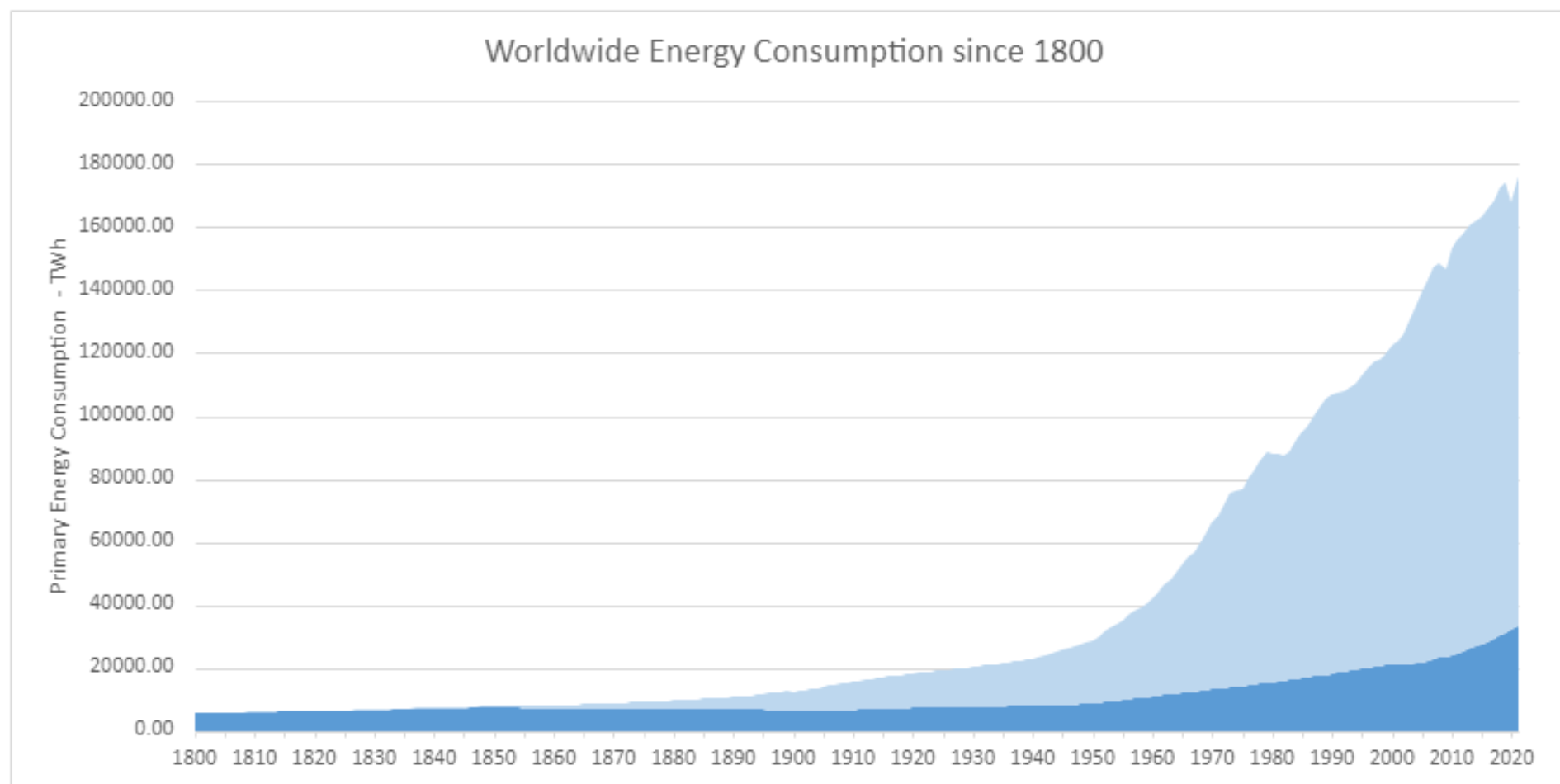

Or should I be looking at this issue from the opposite direction? Is it about us developing limit screws? Or are carbon gases a great big limit screw in the sky into which humans are inserting an enormous allen key and turning the wrong way? There is a limit screw but we still don’t quite believe it.
